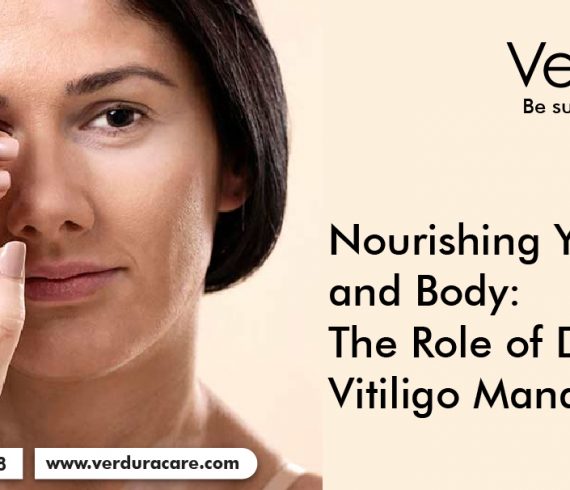

Sun is one of the most important sources of natural light and vitamin D. The role of sunlight in treating skin conditions, including vitiligo, has been well documented. Vitiligo is a skin condition that results in the loss of pigmentation, causing white patches to appear on the skin.
Sunlight can help to restore the pigmentation in vitiligo by triggering the production of melanin, the pigment that gives color to the skin. This is because ultraviolet (UV) light from the sun can stimulate the melanocytes, the cells responsible for producing melanin, to produce more pigment.
Exposure to sunlight can be done in two ways – either by natural sunlight or artificial UV light sources. The most commonly used artificial UV light source is a UVB phototherapy lamp, which emits UVB rays similar to those found in natural sunlight.
It is important to note that excessive exposure to UV light can also be harmful and can increase the risk of skin cancer. Therefore, it is important to be cautious when using sunlight or artificial UV light as a treatment for vitiligo.
A dermatologist should be consulted before starting any form of phototherapy. They will be able to advise on the best type of light therapy, the duration of exposure and the precautions that need to be taken.
In conclusion, sunlight plays an important role in treating vitiligo. However, it is important to be cautious when exposing the skin to UV light and to seek advice from a dermatologist before starting any form of phototherapy.
Verdura range of specialty cosmetics brings you Verdura mela pro cream which is a natural psoralen, that serves as an amplifier for the effectiveness of treatments for Vitiligo and Psoriasis. This cream acts as a conduit, capturing the benefits of sunlight and UV radiation to enhance the success of these treatments.
Benefits of Verdura mela pro cream
- Increases the susceptibility of skin to U.V rays
- Kindles genetic memory of the skin to produce melanin in Vitiligo
- Prevents skin cells multiplication in psoriatic conditions
Proven to be hypoallergenic and safe for long term use (Skin irritation study in human volunteers



